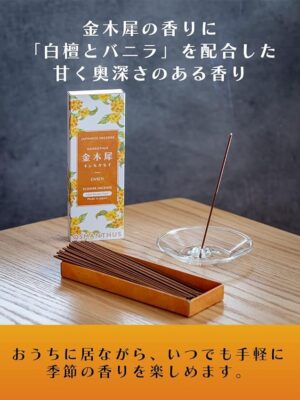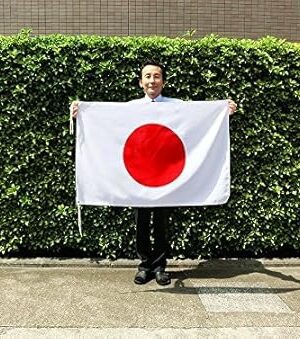A Tokyo Promenade of History and Culture Trekking Course
Amazon Affiliate Linked Japanese Goods Shop
Walking around Marunouchi now and then (Otemachi – Sakuradamon). Tokyo Station and the first Marunouchi Building were both built in the Taisho era. It was a symbol of Japan’s modernization. Until we got to the Imperial Palace, we had no idea that this place was once the site of a feudal lord’s house. If you cross the plaza in front of the Imperial Palace, overlooking the remnants of Tokugawa’s 300-year history, you will soon reach the Sakuradamon gate where the assassination of Dairo Ii in 1860 served a prelude to the Meiji Restoration.
Miyakezaka/Chidorigafuchi walk (Sakuradamon – Yasukuni Shrine). Sakuradabori, Hanzobori, Chidorigafuchi, and the inner moat surrounding Yasukuni Shrine, and the vicinity of Miyakezaka, which goes up along Sakuradabori, is the site of a samurai residence from the Edo period. A cherry blossom well and a willow well remain in the front garden of the Diet, which is the former site of Kato Kiyomasa’s residence. Chidorigafuchi is one of the most famous cherry blossom viewing spots in Tokyo. Garden Road, a garden-like promenade built in the water park, is decorated with seasonal flowers.
Stroll around Kanda used bookstores (Yasukuni Shrine – Kanda Ogawamachi). Kudanzaka slope descends from in front of Yasukuni Shrine towards Jimbocho. From here, Kanda’s large bookstore district is just a stone’s throw away. During the Edo period, Kanda’s culture, where various academic institutions were located and where many scholars and literary figures such as Ota Shuzanjin, Takizawa Bakin, and Hiraga Gennai lived, has been inherited in the universities built after the Meiji period and in this bookstore district.










